I created this blog to share my favorite experiences and content, although the main focus for now will be my trip to London and Paris because in London I will be taking English tests and visiting the must-see tourist attractions. Before the trip I decided to talk about two important places in London just to get started and to be armed with knowledge. I chose to talk about Whitehall and Westminster because those are some of the main places to visit in London. In the next entries, I will be narrating my experiences throughout the trip and confirming what I learned with what I researched. I hope you enjoy!
 WHITEHALL & WESTMINSTER
WHITEHALL & WESTMINSTER
Westminster is an area of central London within the City of Westminster, part of the West End, on the north bank of the River Thames. Westminster’s concentration of visitor attractions and historic landmarks, one of the highest in London, includes the Palace of Westminster, Buckingham Palace, Westminster Abbey and Westminster Cathedral. Historically the area lay within St Margaret’s parish, City & Liberty of Westminster, Middlesex.
The name Westminster originated from the informal description of the abbey church and royal peculiar of St Peter’s (Westminster Abbey), literally West of the City of London, indeed until the Reformation there was a reference to the ‘East Minster’ at Minories (Holy Trinity Priory, Aldgate) east of the City; the abbey was part of the royal palace that had been created here by Edward the Confessor. It has been the home of the permanent institutions of England’s government continuously since about 1200 (High Middle Ages’ Plantagenet times), from 1707 the British Government – formally titled Her Majesty’s Government.
In a government context, Westminster often refers to the Parliament of the United Kingdom, located in the UNESCO World Heritage Palace of Westminster – also known as the Houses of Parliament. The closest tube stations are Westminster, St James’s Park on the Jubilee, Circle, and District lines.
The area is the centre of Her Majesty’s Government, with Parliament in the Palace of Westminster and most of the major Government ministries known as Whitehall, itself the site of the royal palace that replaced that at Westminster.
Within the area is Westminster School, a major public school which grew out of the Abbey, and the University of Westminster, attended by over 20,000 students. Bounding Westminster to the north is Green Park, a Royal Park of London.
ROYAL SEAT
The historic core of Westminster is the former Thorney Island on which Westminster Abbey was built. The abbey became the traditional venue of the coronation of the kings and queens of England from that of Harold Godwinson (1066) onwards.
From about 1200, near the abbey, the Palace of Westminster became the principal royal residence, marked by the transfer of royal treasury and financial records to Westminster from Winchester. Later the palace housed the developing Parliament and England’s law courts. Thus London developed two focal points: the City of London (financial/economic) and Westminster (political and cultural).
The monarchs later moved to St James’ Palace and the Palace of Whitehall a little towards the north-east, and eventually to Buckingham Palace and other palaces. The main law courts have since moved to the Royal Courts of Justice.
HOUSES OF PARLIAMENT
Londres (1994) states that «Since 1512, the Palace of Westminster has housed the two Houses of Parliament, the House of Lords and the House of Commons. The House of Commons is composed of members of Parliament (MP) elected by universal suffrage; Government forms the party that obtains more deputies, and its leader becomes prime minister. The opposition is formed by the other parties. The debates of the House of Commons sometimes rise in tone, so they are led by a president (speaker) who must impose order with equanimity,» which means calmness and composure, especially in a difficult situation. The legislation formulated in the Commons is debated in both Houses before becoming law.
LOCAL GOVERNMENT
As Wikipedia (2018) says, «The Westminster area formed part of the City and Liberty of Westminster in Middlesex. The ancient parish was St Margaret; after 1727 this became the civil parish of ‘St Margaret and St John’, the latter a new church required for the increasing population. The area around Westminster Abbey formed the extra-parochial Close of the Collegiate Church of St Peter surrounded by — but not part of — either parish.»
Until 1900 the local authority was the combined vestry of St Margaret and St John (also known as the Westminster District Board of Works from 1855 to 1887), which was based at Westminster City Hallin Caxton Street from 1883.
The Liberty of Westminster, governed by the Westminster Court of Burgesses, also included St Martin in the Fields and several other parishes and places. Westminster had its own quarter sessions, but the Middlesex sessions also had jurisdiction. The area was transferred from Middlesex to the County of London in 1889, and the local government of Westminster was reformed in 1900, when the court of burgesses and the parish vestries were abolished, and replaced by a metropolitan borough council. The borough was given city status, allowing it to be known as the City of Westminster and its council as Westminster City Council— a title which was retained when it was merged with the boroughs of St Marylebone and Paddington in the 1960s.
THE BIG BEN

Just to clarify: Big Ben is not the name of the world famous four-sided clock located in the 106-meter tower of the Parliament building, but that of the resounding 14-ton bell that plays the hours. It is named after Sir Benjamin Hall, chief commissioner of works when the bell was hung in 1858. Smelted in Whitechapel, it is the se
cond bell that was made because the first one was broken during a sound test (the current one also has a small crack). The clock is the largest in Britain: each of its four spheres is 7.5 m in diameter and the minute hand, 4.25 m long, is made of hollow copper to make it lighter. It has marked the nation’s time almost without interruption since it was put to work in May 1859. Its sound has become a symbol of Great Britain and is broadcast daily on the BBC radio network.

WESTMINSTER ABBEY
The abbey is world famous for being the pantheon of the British monarchs, the seat of their coronations, and other acts of great pageantry. Within its walls you can see some of the best examples of medieval architecture in London. It also has one of the most impressive collections of tombs and mausoleums in the world. Half a church and half a museum, the abbey occupies a unique place in the British national consciousness. This is also the place where Stephen Hawking will have been buried in as to March 22nd, 2018.
HOW TO VISIT WESTMINSTER ABBEY
According to Londres (2018), «The interior of the abbey presents an exceptional architectural and sculptural diversity: from the austere French Gothic nave to the astonishing complexity of the Tudor Chapel of Henry VII and the imaginative mausoleums of the late 18th century. As I already mentioned before (Londres, 1994), «many monarchs are buried in the abbey.» Some tombs are deliberately simple, while others show great sculptural exuberance. The abbey also keeps mausoleums of great people, from statesmen to poets, who populate galleries and cruises.»
HISTORICAL MAP OF THE ABBEY
The first church was built in the 10th century, when St Dunstan congregated a group of Benedictine monks. The current structure is largely a work of the thirteenth century; The new project, influenced by French Gothic, was begun in 1245 by order of Henry III. Having as sole destination the coronation of the kings, he got rid of the order of destruction of monastic buildings promulgated in the sixteenth century by Henry VIII.
REFERENCES
Londres. (1994). En C. G. Barragán, D. Moreno, & A. Puértolas. Madrid: Ediciones El País-Aguilar.
Wikipedia. (12 de Febrero de 2018). (n/a). Obtenido de https://en.wikipedia.org
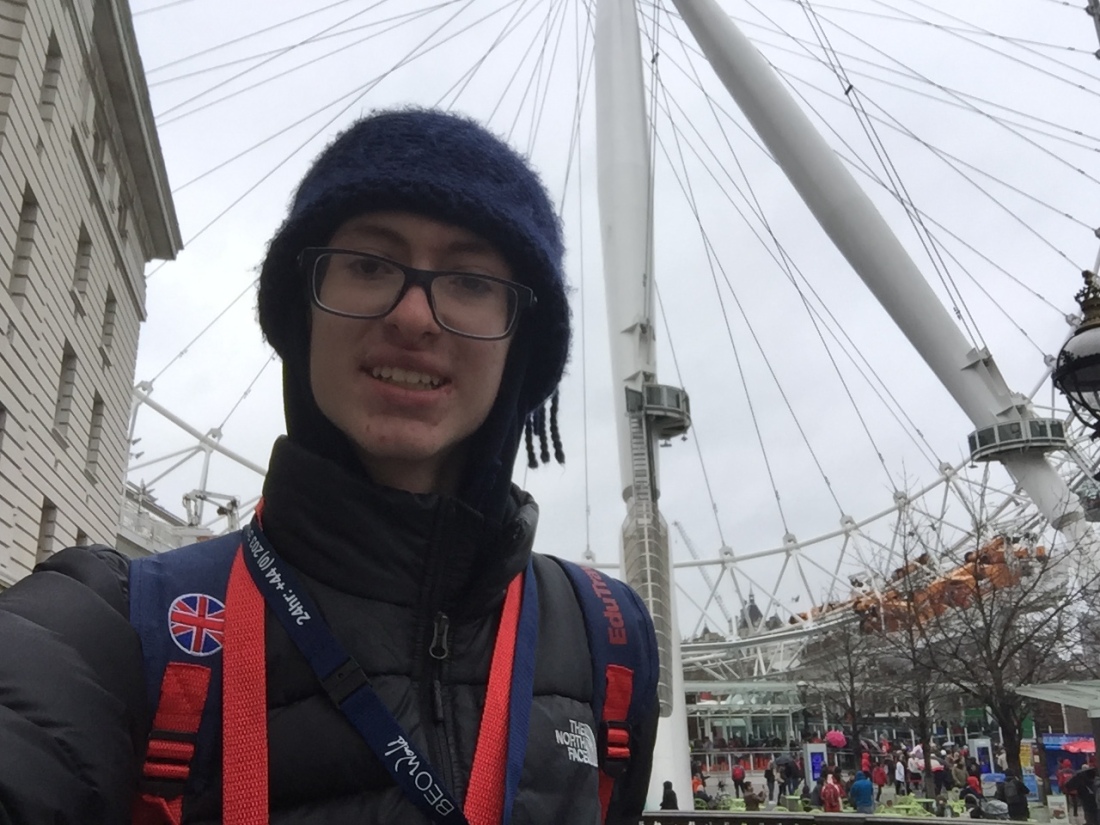
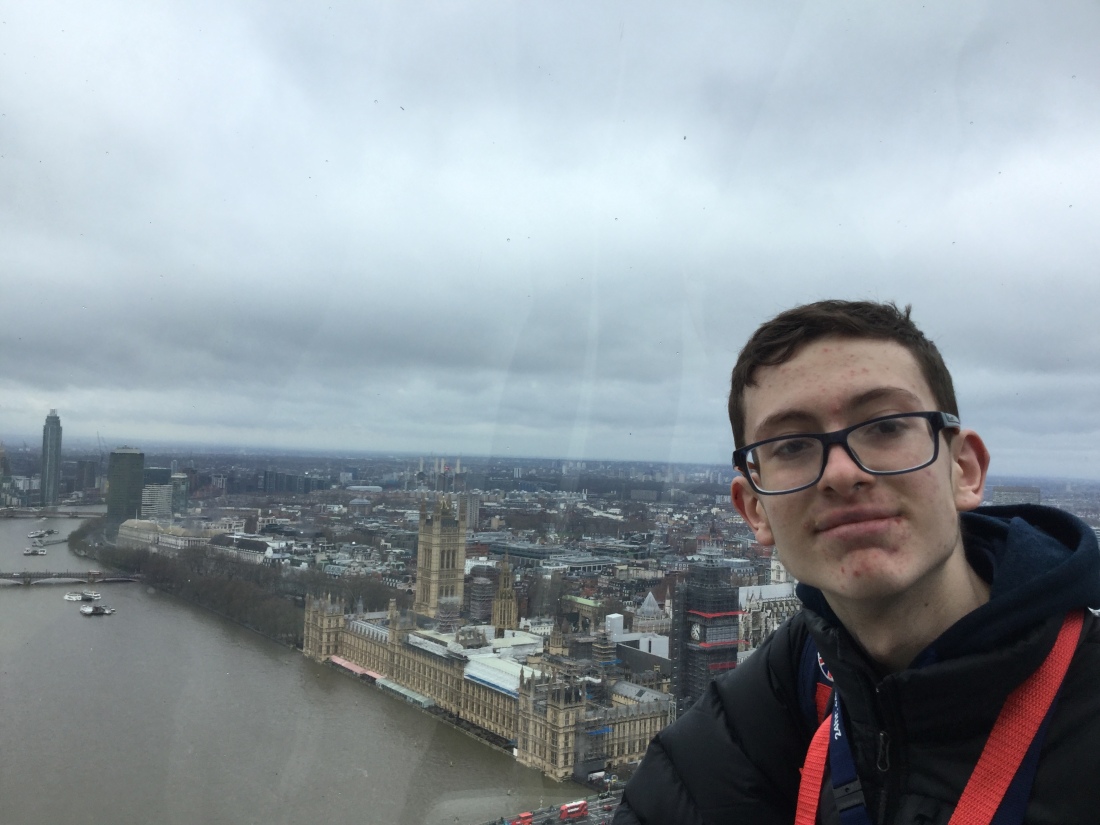
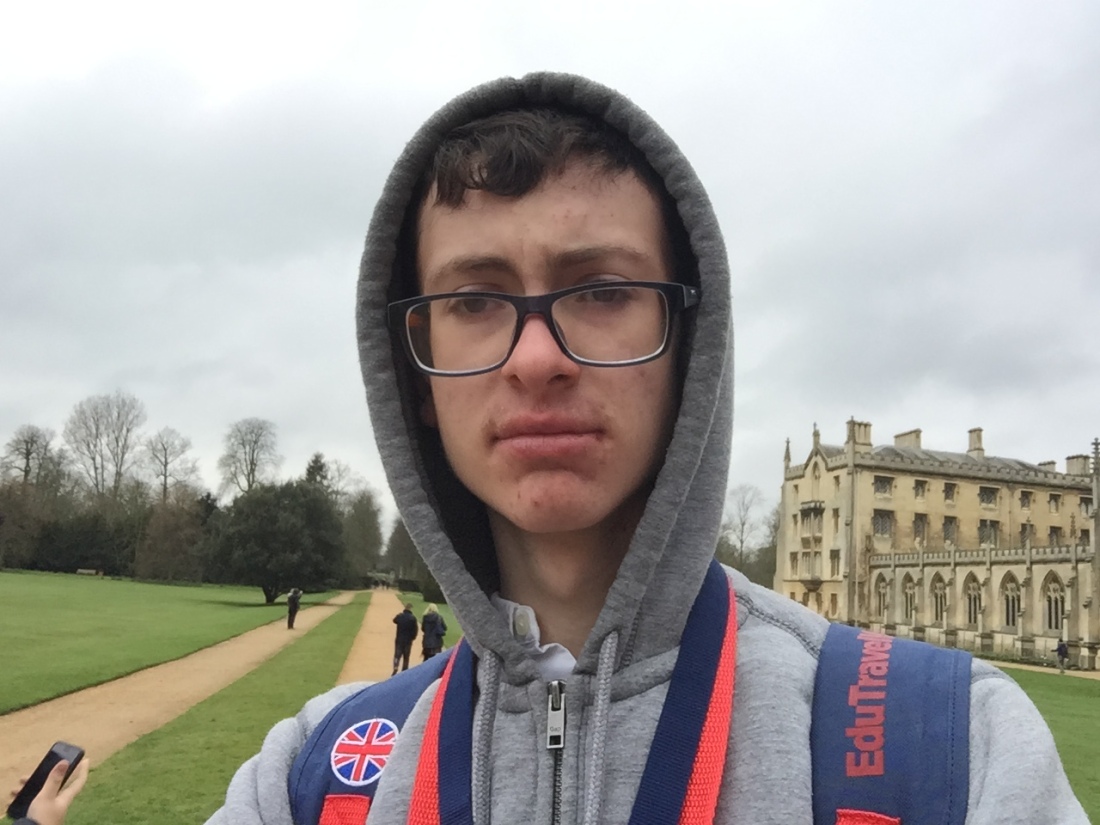
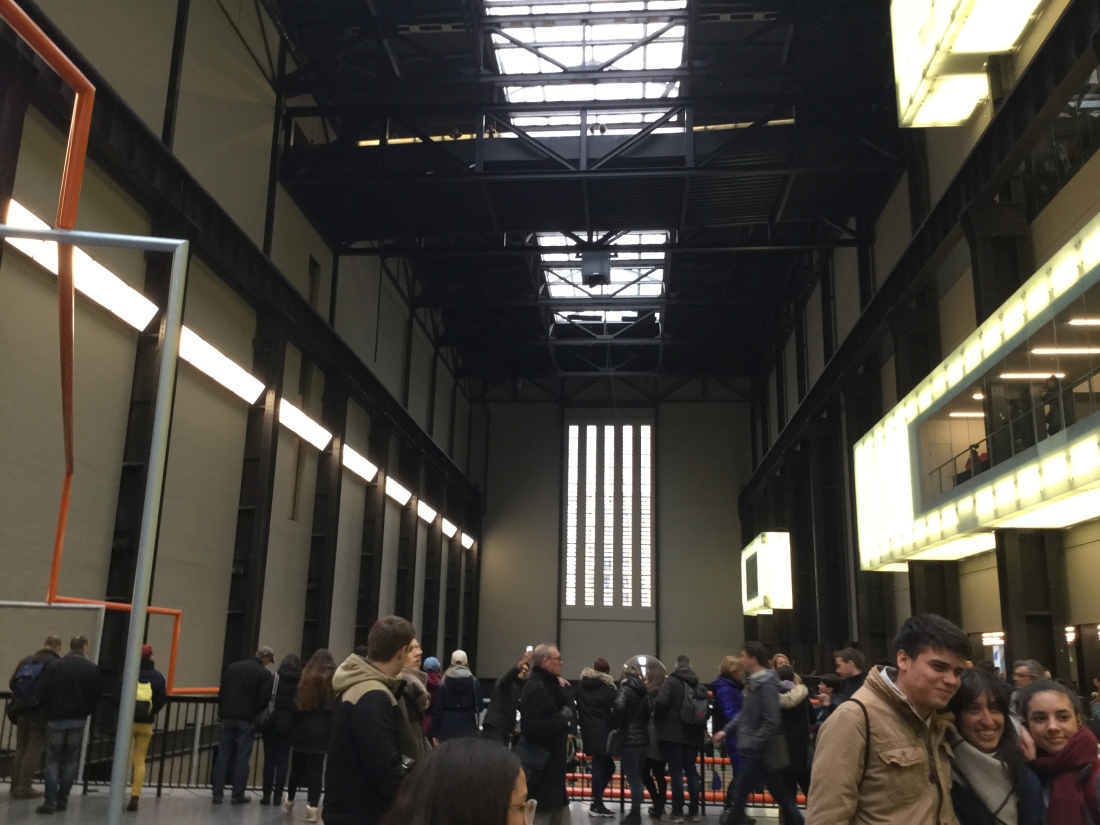
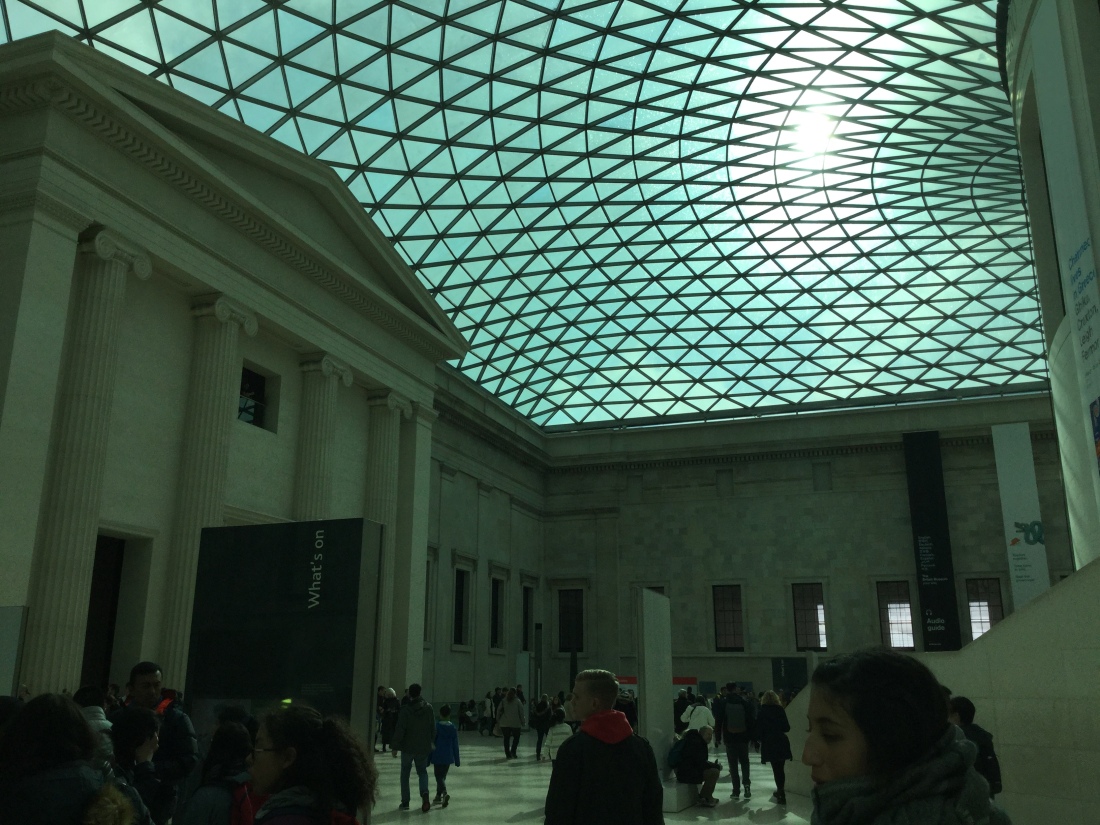
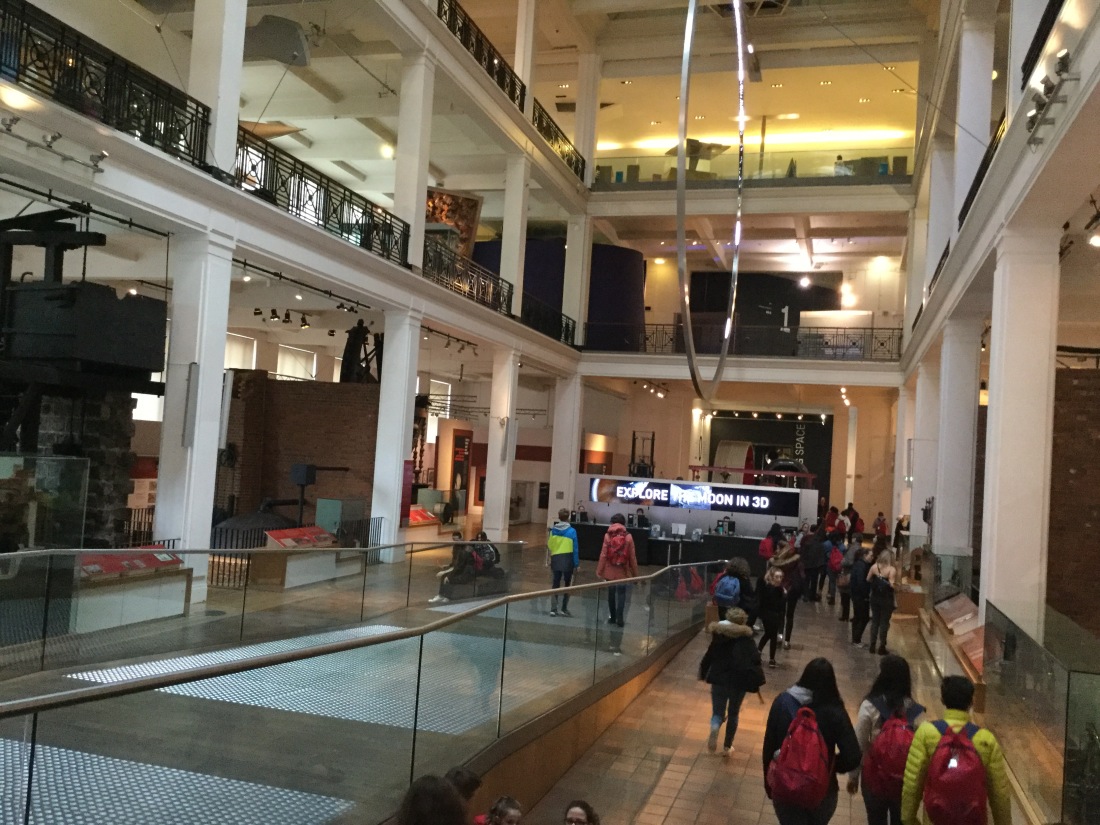
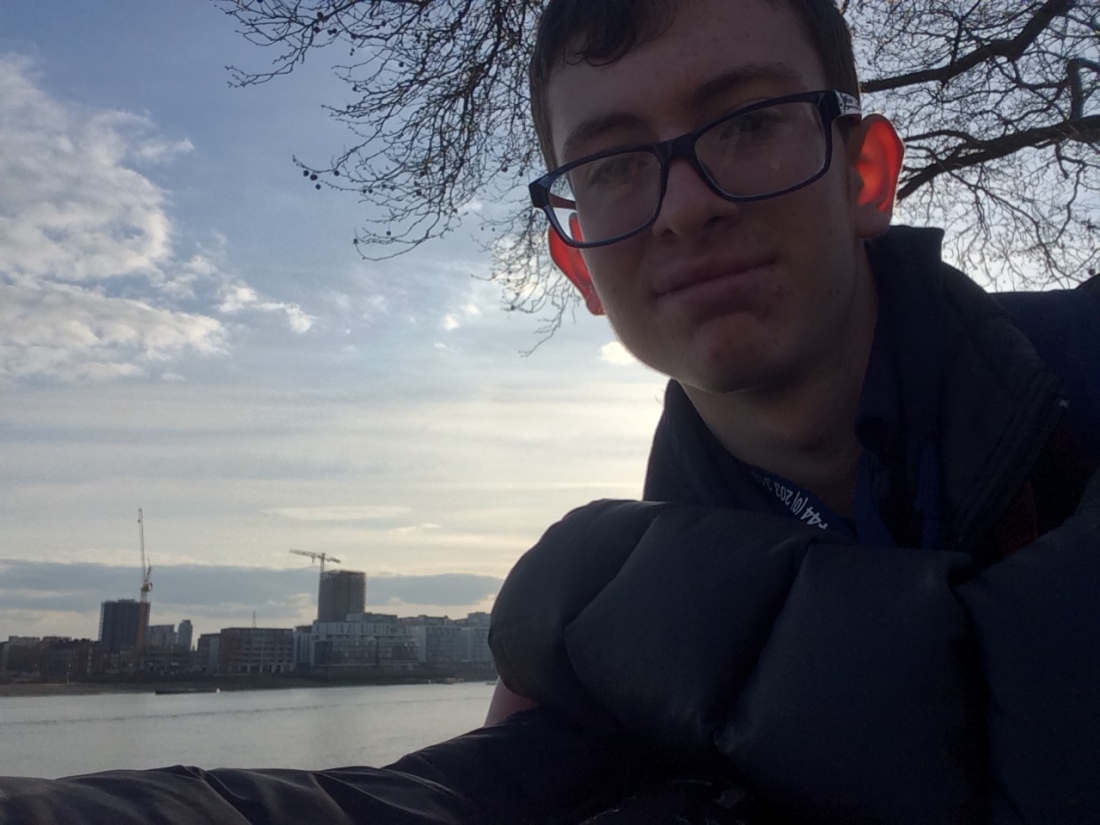
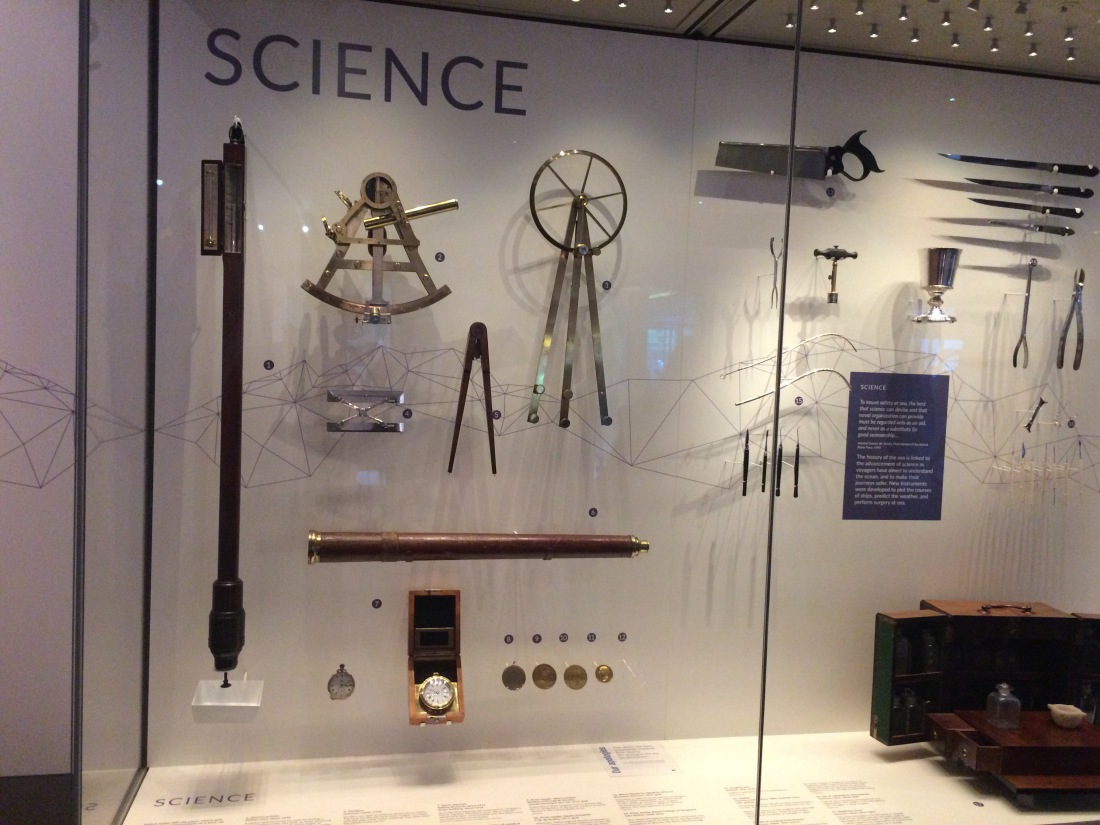
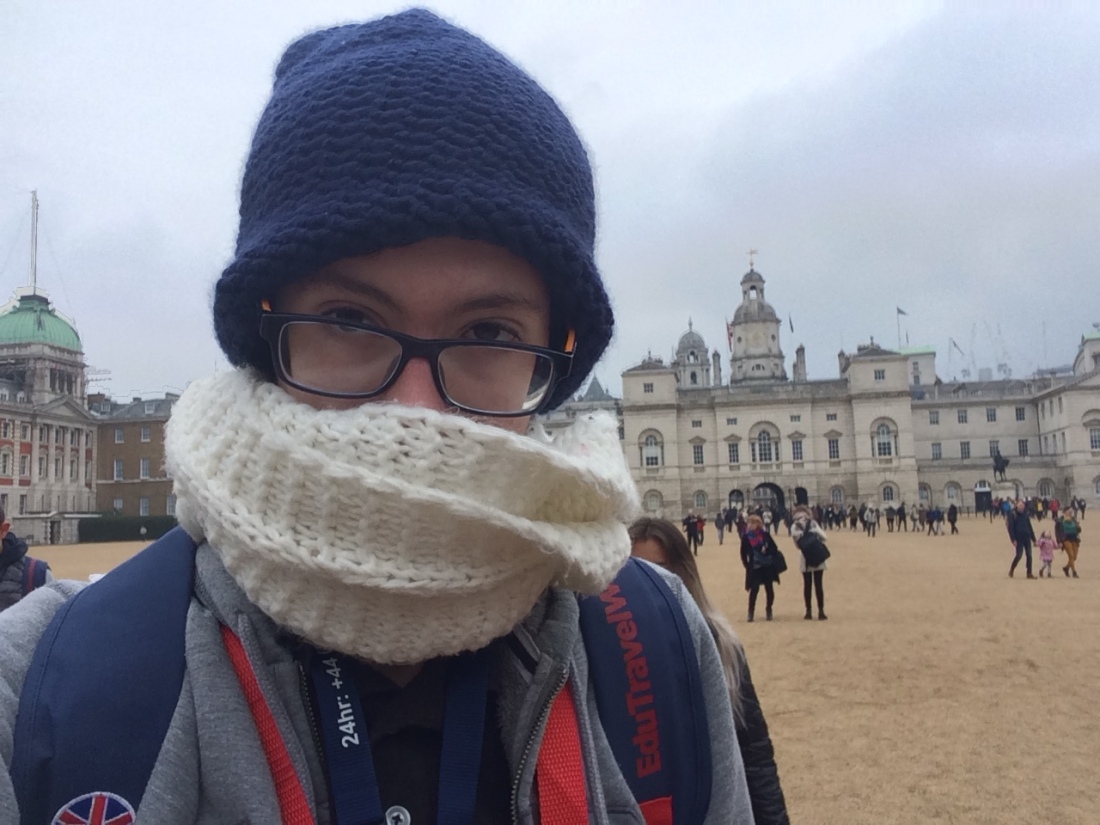

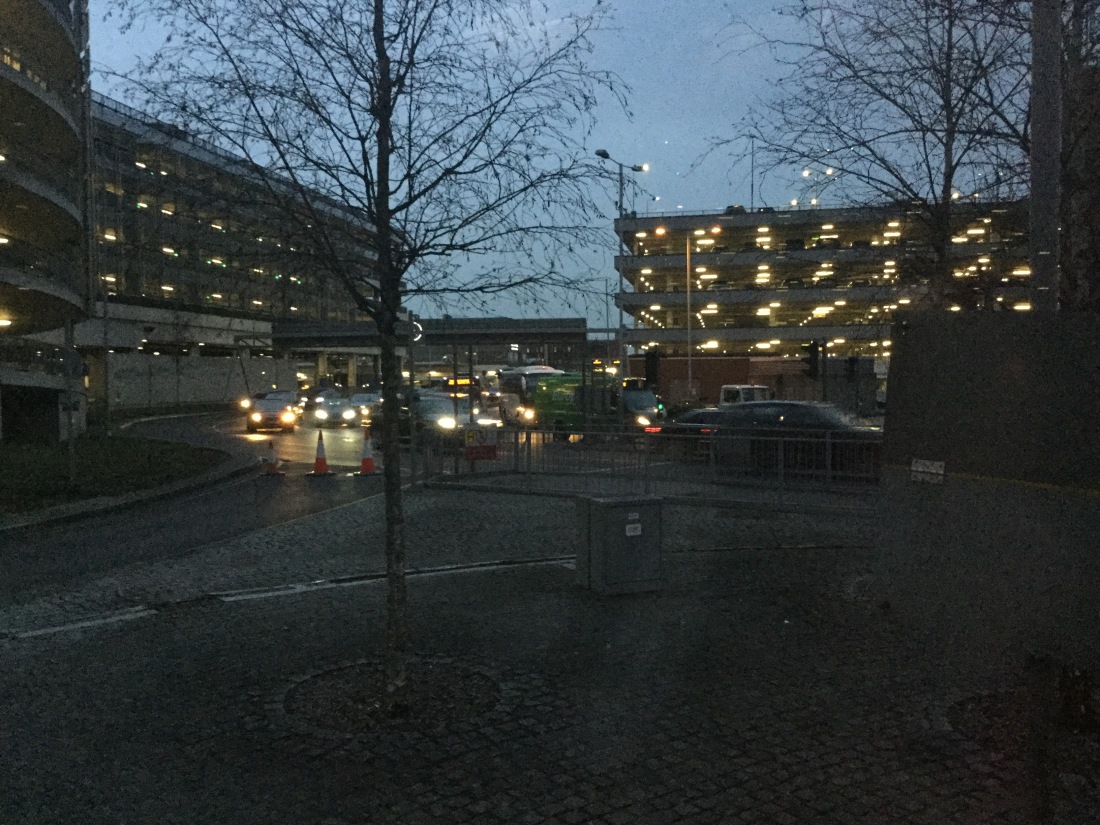

 WHITEHALL & WESTMINSTER
WHITEHALL & WESTMINSTER
